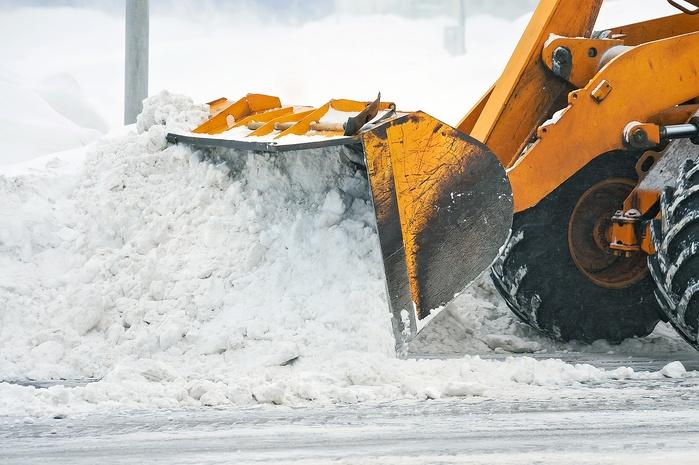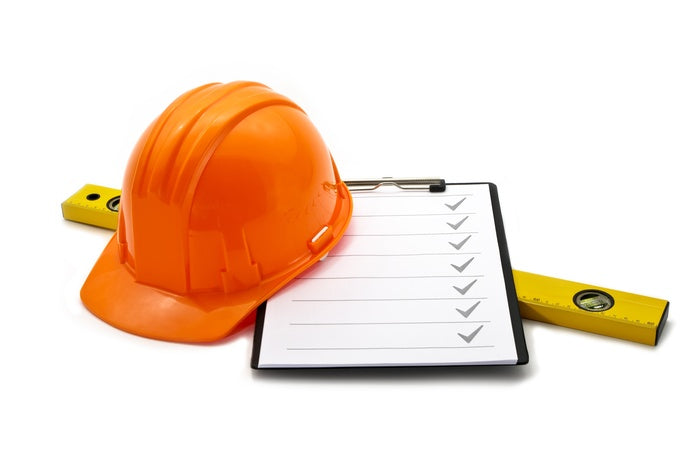
Facility managers of industrial and commercial properties are tasked with the responsibility of keeping a facility accessible, clean, and safe at all times. During the winter months, these tasks become more challenging as snow, ice, and slush must be repeatedly removed from the facility's premises.
Successfully combating recurring winter storms, while keeping your property ADA compliant and minimizing all snow-related risks and delays, requires a detailed plan and a commitment to high standards of excellence. With a view to assisting property managers in meeting their wintertime goals, the Snow and Ice Management Association (SIMA) has created a checklist of seven key performance criteria (KPC), which you can use to assess and improve your snow removal operations. They are as follows:
- Risk Management: Your risk-reduction policies should enable you to securely stack snow and prevent its re-freezing on walking surfaces. It is also imperative to verify that outsourced snow removal services are handled by fully insured contractors.
- Cost-Effectiveness: Detailed planning allows you to make reasonable estimates of snow-related expenditures long before winter begins. Equipment should be examined and serviced early, and budget estimates for supplies and personnel should be obtained.
- Rapid Execution: You need a plan for fast, effective action to respond to heavy snowfalls. You should stockpile two weeks of different ice-melting products that work well at various temperatures. You should also optimally position your resources based on forecasts and designate reserve equipment.
- High-Quality Service: Quality service includes prioritizing snow-removal in handicapped parking spaces and around fire hydrants, using a site inspection procedure, and having at least one manager on-site during snow-removal activities.
- Communication, Documentation, and Verification: Phone trees and electronic notification systems can help to quickly communicate updates on the snow situation both during and following a storm. For legal reasons, you should document all snow-removal efforts, and for safety's sake, you should verify jobs are completed via site-visits and completion logs.
- Certification and Education Standards: Valuable ongoing training is available for snow-removal managerial staff. SIMA, for example, offers 30 online seminars and an advanced Certified Snow Professional course.
- Professionalism and Expertise: SIMA's recommendation is for snow-removal managers to have five years or more of experience and for staff members to have at least two years’ experience.
To assist you in improving your "score" on the above-listed KPC, there are innovative solutions that are both more effective and more efficient than traditional snow removal solutions. Foremost among these are heated snow-melting mats, which consist of an internal heating element encased between two layers of slip-proof rubber. Industrial-strength snow-melting mats minimize the attention you must give to entryways and walkways, while simultaneously making them safer and more snow-free.
Every facility manager must cope with the realities of winter and must strive to meet standards of excellence, such as those outlined in the SIMA checklist. By meeting these goals, a business keeps itself operational, accessible, safe, and on solid legal ground.


